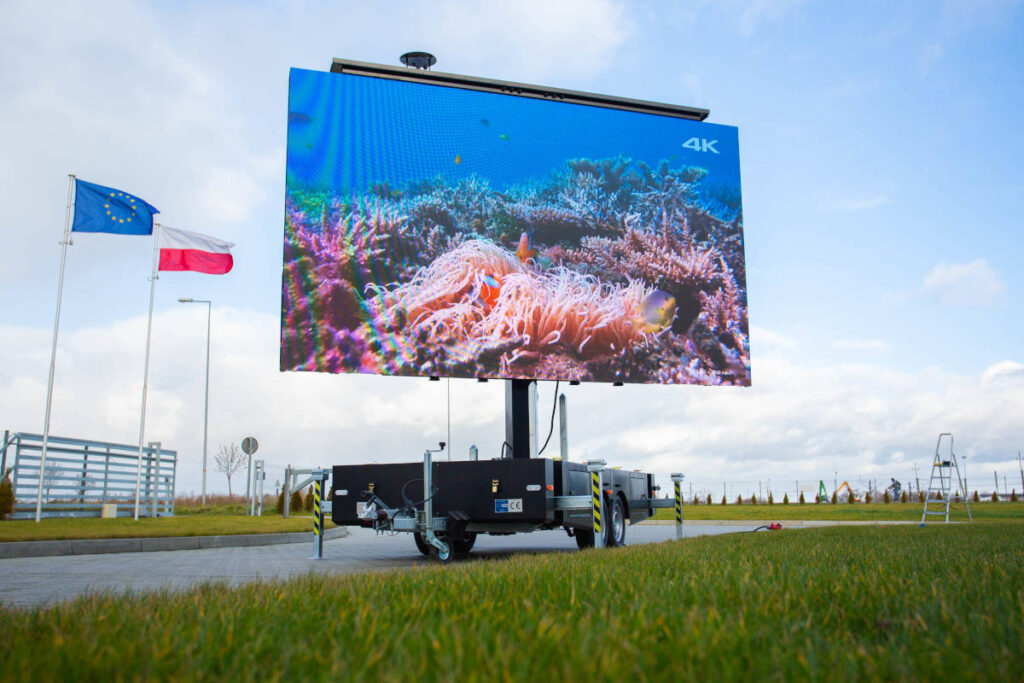Grasping the Typical Reasons of Light Emitting Wall Display Failure
Wiki Article

Light Emitting Diode panel panels are commonly utilized in various settings, from advertisements to residential theaters. These screens are popular because they provide vivid and dynamic images while being power-saving. However, like all digital devices, LED panel panels can experience malfunctions. Understanding the frequent reasons of these failures is crucial for preserving their performance and ensuring longevity. This article explores several key factors that can contribute to the malfunctioning of LED wall screens.
One of the primary common causes of failure in LED wall screens is overheating. LED technology produces heat during operation, and if this heat is not properly managed, it can damage internal components. Poor airflow or inadequate cooling mechanisms can worsen the issue. When the temperature increases beyond the suggested levels, it can lead to diminished brightness, color deviation, or total failure of the panel. Regular care, including dusting air openings and maintaining proper ventilation, can help prevent overheating and extend the life of the screen.
Another significant factor contributing to LED wall panel failure is power surges. Fluctuations in the power supply can cause harm to electronic components within the panel. Sudden spikes in voltage can cause to burnt circuit breakers or faulty circuits, leading in non-functional displays. Using surge safeguards and power controllers can mitigate this threat by normalizing the power supply and safeguarding sensitive digital components. Making sure that the power system is up to code and able of supporting the electricity needs of the screen is also critical.
External factors play a vital role in the functionality of LED panel screens. Exposure custom led video wall for advertising to extreme temperatures, humidity, or dust can negatively impact their operation. For example, high moisture can result to water buildup inside the screen, which can result in short circuits or corrosion of internal components. Similarly, too much dust accumulation can obstruct airflow and result to overheating. Placing LED screens in controlled environments and regularly cleaning them can help preserve optimal functionality and avoid failures.
Additionally, manufacturing defects can lead to early failures Find Out More in LED panel panels. Quality assurance during production is essential to ensure that each panel meets industry standards. Defective parts or poor construction can result in problems such as inactive pixels or uneven brightness. It is important for consumers to purchase LED panel screens from trusted manufacturers that provide guarantees and support. This ensures that any possible defects can be resolved quickly, minimizing downtime and frustration.
In summary, understanding the common causes of LED panel screen failure can help users take proactive measures to guarantee their durability and performance. By addressing overheating, protecting against power surges, taking into account external conditions, and choosing quality products, consumers can significantly reduce the chance of malfunction. Regular maintenance and awareness of these elements will result to a better experience with LED wall panels, whether for individual or professional use.